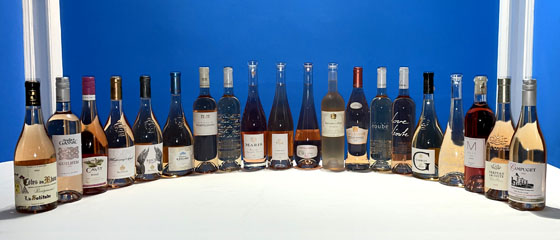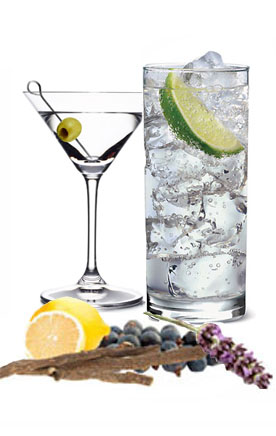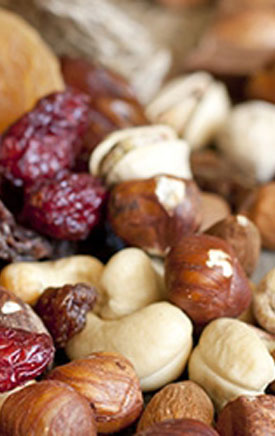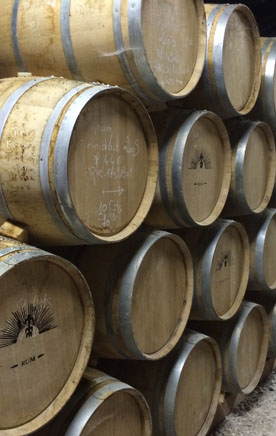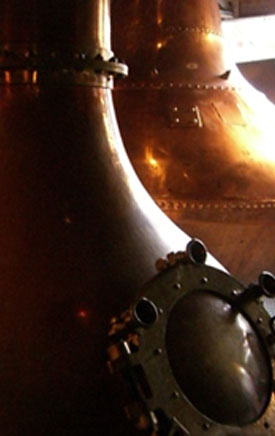|
DOUBLE-GOLD MEDAL WINNERS
Barton & Guestier Tourmaline Rosé 2022
(Côtes De Provence, FR)
Aroma: Strawberry, purple plum, rhubarb, watermelon, green melon, rose petals, vegetal.
Palate: Strawberry, purple plum, crabapple, rhubarb, nectarine, peach, melon, grapefruit peel, celery, complex, clean.
Finish: Raspberry, lingering yellow peaches, lemon, lime, clean, fresh, very pleasant.
Double Gold Medal

|
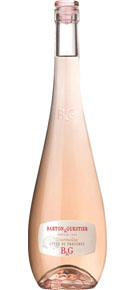 |
|
Château Léoube Love de Léoube Rosé 2022
(Côtes de Provence, FR)
Aroma: Nectarine, yellow peach, pomegranate, red apple, cherry, rhubarb, celery, jasmine, white flowers.
Palate: Nectarine, peach, red plum, cherry, black currant, rhubarb, pink grapefruit, orange peel, sweet, nice, lively.
Finish: Red plum, pomegranate, lime, nicely sour, touch of smoke, full bodied, rich, enjoyable.
Double Gold Medal

|
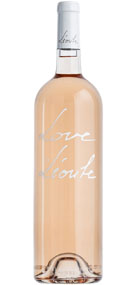 |
|
La Solitude Côtes du Rhône Rosé 2022
(Côtes du Rhône, FR)
Aroma: Watermelon, pomegranate, rhubarb, pear, rose petals, honeysuckle, lilies in full bloom, super fragrant.
Palate: Plummy, watermelon, blood orange, pomegranate, melon, lime, citrus, rose petals, endive, black pepper, saline, mineral.
Finish: Blood orange, apple, melon, mineral, salty, balanced, structured, fresh.
Double Gold Medal

|
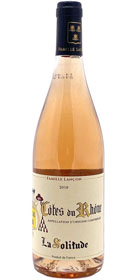 |
|
Âme du Vin Côtes de Provence Rosé 2022
(FR)
Aroma: Strawberry, white cherries, peach, fruity, cotton candy, floral, grassy, earthy, mineral, wet stone.
Palate: Strawberry, rhubarb, crabapple, subtle cherry, peach, pear, pink grapefruit, cotton candy, mineral.
Finish: Pink grapefruit, rhubarb, mineral, smoky, balanced, more complex, nice, soft, tart, crisp.
Double Gold Medal

|
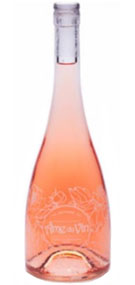 |
|
Whispering Angel Rosé 2022
(Côtes de Provence, FR)
Aroma: Fresh strawberry, berries, cherry, rhubarb, apricot, apple, mint, dried herbs, fresh straw, complex, classic.
Palate: Strawberry, cherry, sour cherry, black currant, rhubarb, apricot, roses, tart.
Finish: Berries, blood orange, orange peel, tannins, fresh, crisp, bouncy.
Double Gold Medal

|
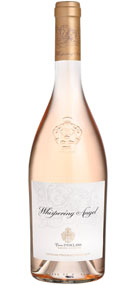 |
|
GOLD MEDAL WINNERS
Château Léoube Le Secret Rosé 2022
(Côtes de Provence, FR)
Aroma: Strawberry, cherry, plum, apricot jam, hint of mineral, maritime, rich, classic Provence.
Palate: Strawberry, pomegranate, cherry, black currant, raspberry lemonade with a lime twist, honeydew, lemon peel, wet stone, very clean, pure.
Finish: Lime, lime margarita, apple, white flowers, wet stone, clean, fresh, classic.
Gold Medal

|
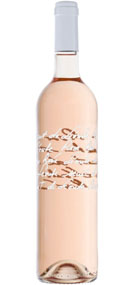 |
|
Campuget Tradition Rosé 2022
(Costières de Nîmes. FR)
Aroma: Peach, white peach, apple, lemon, grapefruit, citrus pith, citrus, cotton candy, honeysuckle, earthy, seductive.
Palate: Strawberry, cherry, peach, French melon, pear, apple, blood orange, grapefruit, pink grapefruit, lemon, dried apricot, floral, tangy.
Finish: Nectarine, rhubarb, citrus, green olive, saline, wet stone, mineral, nice, round, very bright, savory.
Gold Medal

|
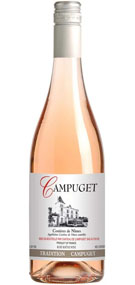 |
|
Château La Coste Rosé 2022
(Provence, FR)
Aroma: Cherry, sour cherry, raspberry, floral, grassy, dried herbs, fresh.
Palate: Cherry, watermelon, honeydew, nectarine, orange, blood orange, orange peel, grapefruit, lime peel, white flowers, clean.
Finish: Tangy citrus, lime, a kick of sweet and tart, pleasant.
Gold Medal

|
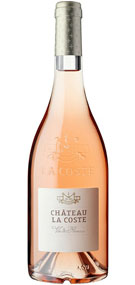 |
|
Château Léoube Rosé de Léoube 2022
(Côtes de Provence, France)
Aroma:Strawberry, rhubarb, lemon, celery, rose petals, white flowers, crusty bread, bakery, clean.
Palate: Strawberry lemonade, lemon, grapefruit, crabapple, rhubarb, mineral, round mouthfeel, bright, refreshing.
Finish: Lemon, lime, citrus, a hint of crabapple, wet stones, strong acid, crisp, some complexity, soft, easy drinking.
Gold Medal

|
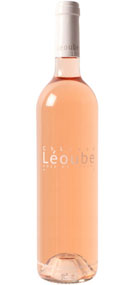 |
|
Aimé Roquesante Rosé 2022
(Côtes de Provence, France)
Aroma: Raspberry, black currant, peach, nectarine, melon, orange peel, mint.
Palate: Cherry, black currant, pomegranate, rhubarb, peach, nectarine, melon, white mountain flowers, tart, drink at the beach.
Finish: Watermelon, rhubarb, wet stone, balanced, consistent all the way through, clean, fresh, so approachable.
Gold Medal

|
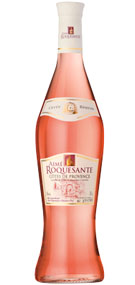 |
|
Château d'Esclans Rosé 2021
(Côtes de Provence, FR)
Aroma: Raspberry, honeydew melon, bell pepper, smoky, crisp.
Palate: Red plum, dark cherry, apricot, peach, grapefruit pith, citrus pith, mint, mineral, full, rich.
Finish: Plum, orange peel, citrus, full body, complex, balanced, rich, robust.
Gold Medal

|
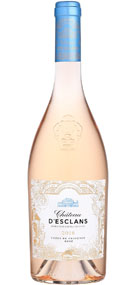 |
|
Cavit Rosé 2020
(Trevenezie, Italy)
Aroma: Sour cherry, dried apricot, melon, green apple, citrus, honey, actual honey, rose petals.
Palate: Cherry, tart cherry, red currant, red plum, pomegranate, apricot, melon, lemon peel, citrus, juicy.
Finish: Sour cherry, red plum, slight minerality, pleasant.
Gold Medal

|
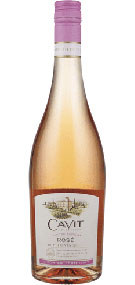 |
|
Lorenzi Estate M Rosé of Malbec 2022
(Temecula Valley, California)
Aroma: Strawberry, boysenberry, watermelon, plum, pomegranate, dark cherry, mineral, very aromatic.
Palate: Boysenberry, watermelon, pomegranate, plum, peach, pink grapefruit, concord grape, complex, deep, rich.
Finish: Black cherry, crabapple, watermelon rind, grape, touch of orange chocolate, complex, good tang.
Gold Medal

|
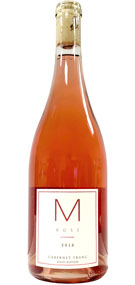 |
|
SILVER MEDAL WINNERS
Garrus Rosé 2021
(Côtes de Provence, FR)
Aroma: Strawberry, raspberry, peach, peach popsicle, orange peel, honeysuckle, white flowers, mint.
Palate: Peach, rhubarb, black currant, Meyer lemon, grapefruit, citrus, honeysuckle, white flowers, mineral, tangy, tart, rich.
Finish: Peach, punch, sourdough, minerals, strong implementation, some complexity, smooth, crisp, very clean, elegance.
Silver Medal

|
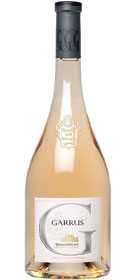 |
|
Moulin de Gassac Guilhem Rosé 2022
(Pays d'Hérault, Languedoc-Roussillon, FR)
Aroma: Strawberry, raspberry, crabapple, kiwi, lemon, floral, custard, chalky mineral, stony, clean.
Palate: Strawberry, raspberry, nectarine, pomegranate, rhubarb, blood orange, orange peel, lemon peel, pink grapefruit, mineral, clean, crisp.
Finish: Berry, peach, white grape, lemon, citrus, peppery, crisp, soft, pleasant, elegant.
Silver Medal

|
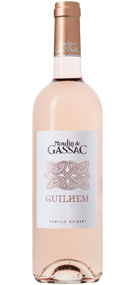 |
|
Maris Rosé de Nymphe Émue 2022
(Languedoc, FR) Organic.
Aroma: Strawberry, raspberry, peach, green apple, hint of crabapple blossoms, honeysuckle, subtle wood.
Palate: Strawberry, raspberry, crabapple, sour cherry, rhubarb, nectarine, lemon, cotton candy, subtle wood.
Finish: Hawaiian Punch, white flowers, light sourness, acidic, strong, powerful, heavy, robust.
Silver Medal

|
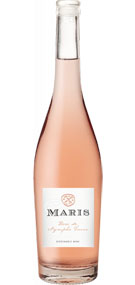 |
|
Rock Angel Rosé 2021
Caves d'Esclans Sasha Lichine
(Côtes de Provence, FR)
Aroma: Strawberry, red plum, black currant, rhubarb, peach, lemon/lime, cane sugar, white flowers, rich.
Palate: Strawberry, raspberry, cherry, rhubarb, lemon, sour lemon, white grapefruit, kaffir leaf, olive, complex.
Finish: White grapefruit skin & pith, lime, apple, nicely balanced, bright, soft.
Silver Medal

|
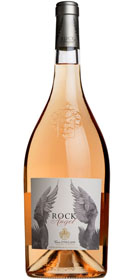 |
|
Notorious Pink Rosé 2022
(Béziers, FR)
Aroma: Strawberry, cherry, peachy, apricot, lemon, honey, honeysuckle, hibiscus.
Palate: Strawberry, cherry, yellow peach, apricot, pear, pink grapefruit, lemon, honeysuckle, refreshing.
Finish: Honeydew melon, citrus, honeysuckle, smooth, easy drinking, refreshing.
Silver Medal

|
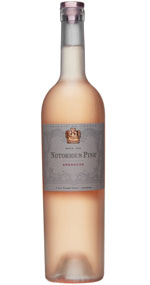 |
|
Château de Pampelonne Rosé 2022
(Côtes De Provence, FR)
Aroma: Raspberry, red plum, rhubarb, peach, orange, honeysuckle, rose petals.
Palate: Apricot, peach compote, pomegranate, rhubarb, blood orange, watermelon rind, white flowers, herbaceous, wet stone, unfolds in the mouth, savory.
Finish: Peach, watermelon rind, citrus, white grape, white flowers, clean, crisp.
Silver Medal

|
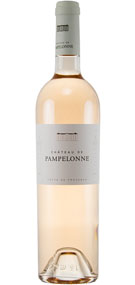 |
|
Campuget 1753 Rosé 2022
(Costières de Nîmes. FR)
Aroma: Strawberry, apricot, peach, yellow peach, pineapple, grapefruit, cotton candy, hibiscus.
Palate: Strawberry, watermelon, peach, nectarine, apricot, subtle orange, orange peel, pink grapefruit, lemon candy, white flowers, mint.
Finish: Nectarine, apricot, blood orange, grapefruit, wet stone, refreshing.
Silver Medal

|
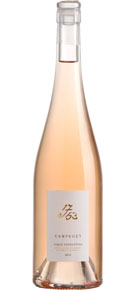 |
